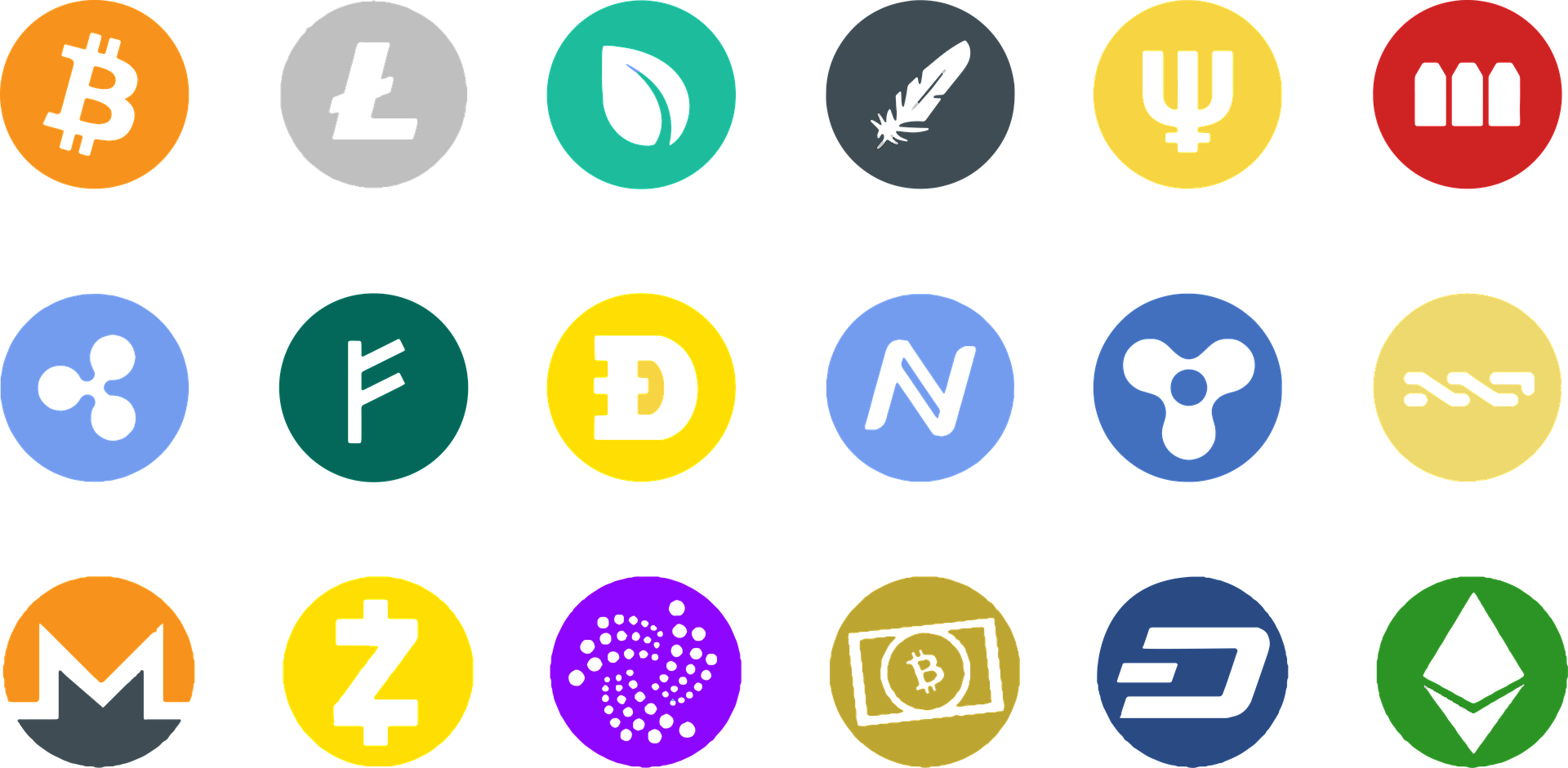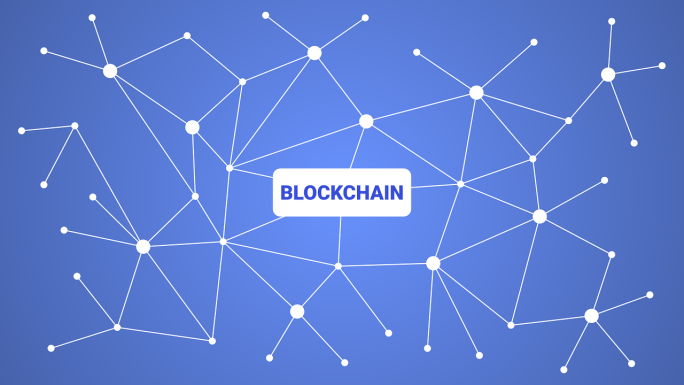If you have very vague or hazy ideas about blockchain, that’s not surprising at all. Because chances are, if you don’t move in IT or tech-related networks, you’ll most likely have heard of the terms blockchain and bitcoins floating around – but that’s about it. This, of course, leads to feelings of overwhelm and confusion. With all the information available, where do you even begin? That’s the downside.
The good news is that it doesn’t have to be too complicated, especially if you’re just starting out and you consider yourself a total beginner. After all, you don’t need to know fancy technical jargons right off the bat – do you? You can start with the basics: defining blockchain in simple terms and knowing how it works in a nutshell.
What is blockchain, and how does it work?
In a simple sense, blockchain is defined as a shared database managed by a network of computers around the world. The huge amount of information stored in its database is then distributed and progressively merged by the computers in the network. These computers are commonly referred to as miners, nodes, or peers. Each miner creates and maintains their blockchain by consistently validating and transferring entries. The entries, meanwhile, are the information that users publish in the network. Generally speaking, the data corresponds to the cryptocurrency’s movement from one network user to another.
For instance, if you send some bitcoins to a friend, you are creating an entry in the bitcoin network, which will then be published. In this given example, the entry you inputted will have some restrictions. This means that the computers in your bitcoin network will make verifications in order to confirm that the data you had sent (the cryptocurrency) hasn’t been sent earlier to someone else. Once that is cleared in the affirmative, your account will be debited and the credit will be transferred to your friend’s account accordingly.
You can look at it as a way for the computers in your network to keep you from “double spending.” The issue is easily addressed because the bitcoin network requires each computer in its respective network to have a complete record of the history of every entry ever made within the network, with no exception.
How do smart contracts work?
Smart contracts, also popularly referred to as chaincode or smart properties, are codified agreements that can be found inside a blockchain. To make it easier to understand, think of it this way: smart contracts are simple “if-then” and “if-then-else” codes or statements. Hyperledger Fabric and Ethernet are two examples of popular blockchains used to create smart contracts.
Functioning like the “double spending” idea explained previously, the blockchains have a thorough and complete record of data on their corresponding smart contracts and, consecutively, the history of every smart contract’s cryptocurrency balance and the history of all transactions made in each.
Smart contracts contain an internal memory that has their code. The code is automatically executed when preset or predetermined conditions are met. These conditions can either be internal or external. If the code for the smart contract requires an external source to discern if the conditions are met, it will utilize an oracle or source of knowledge. An oracle can be anything that will provide data; for example, it can be a data feed providing real-time weather updates. Going by this scenario, this particular oracle would be helpful if the smart contract were executing an insurance contract intended for crops. The contract can then look something like this: “If the temperature drops below 30 degrees for more than 2 hours, release $4,000 to Alvin.”

What is cryptocurrency?
Also known as digital currencies, virtual currencies, or tokens, cryptocurrencies are not like U.S. dollars, Malaysian ringgit, or Indonesian rupiahs in the sense that they’re online and are not backed by any government. Instead, they are handled by their respective computer networks. They are considered restricted entries in a database and, in order to change these entries, very specific conditions must first be met. Built utilizing cryptography (the art or writing and solving codes), the entries are therefore secured using math and not with people.
You can think of it as a special type of database that functions and is shared by a peer-to-peer network. In the given example above, when you send bitcoins to a friend, you’re essentially creating and sending a restricted entry into your bitcoin network. And, just like explained earlier, the network then makes sure you don’t send the amount twice or incorrectly to someone else – “double spending.”
What are the basic characteristics of cryptocurrency?
One cryptocurrency is essentially a little different from another, but they do share common characteristics. Here are some of them.
They’re irreversible. Once you’ve sent a cryptocurrency and the network has already confirmed it, there’s no going back. You can’t retrieve a transaction or make changes to it. It’s very important to note that cryptocurrencies are basically done one way.
They’re anonymous. It’s possible for anyone to open a wallet, without the need for ID. The stage or level of anonymity, however, will largely depend on which token you’re trying to utilize.
They’re global and easily accessible. Entries are immediately broadcasted across the network, and they’re confirmed in just a few minutes.
They’re constructed and designed to be very secure. Cryptocurrencies utilize the latest in cryptographic techniques and they’re generally safe. That being said, it’s still in the early stages of development and there’s generally a lot of improvement to look forward to.
Everyone starts out at the beginning of something, and that doesn’t necessarily have to be a discouraging notion. Instead, you can use that as a good foundation to learn new things, challenge yourself, and step out of familiar territory.
As a business owner, are you already familiar with blockchain? If you are, have you taken steps to learn more about it, or maybe even taken steps to incorporate it into your business in the foreseeable future? Share your thought and insights with us in the comments.
References:
https://flochip.com/2018/07/29/blockchain-101-beginners-overview-of-blockchain-technology/
https://flochip.com/2018/11/23/google-it-8-of-the-most-common-questions-about-bitcoin/
https://www.bitdegree.org/tutorials/what-is-a-smart-contract/
https://cointelegraph.com/bitcoin-for-beginners/what-are-cryptocurrencies
Note: FLOChip has repositioned itself as a software development agency. Thus, moving forward our blogs will be focusing on bitcoin, blockchain, and other tech related topics. Enjoy reading!






